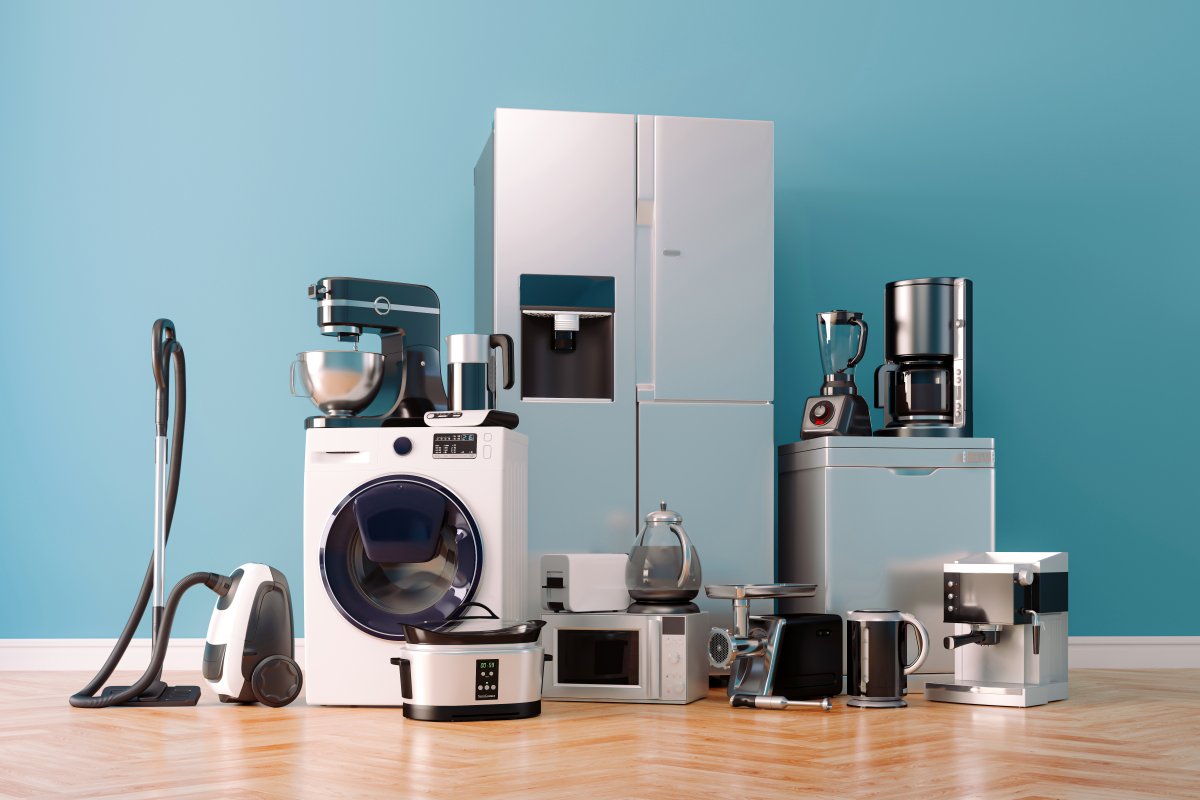The Korean group LG Electronics spent three years developing a new chip for household appliances. From next year, the investment should finally pay off worldwide. The group is launching its UP Appliances 2.0 service, which offers easy software updates and subscription-based services for refrigerators, air conditioners and other products, first in the South Korean home market and later worldwide.
Advertisement
The company promises a “hyper-personalized” user experience and home life ease. At the same time, LG will offer a type of home appliance leasing, where customers can subscribe to the products and certain services for three or six years.
The move is part of a global trend to bring subscription services, previously known from computer or mobile phone applications, into the home environment. “Home as a service” is what the Koreans call the idea of replacing the one-time purchase price of a product with a continuous flow of money.
Prototype of the automated apartment
Not only the manufacturers of household appliances expect new sources of income from this. In Japan, the housing industry is also thinking about this. The public housing association UR already has prototypes for automated apartments in which tenants can, for example, book grocery deliveries and laundry cleaning directly from the living room.
LG now wants to implement this idea privately in order to motivate customers to only buy their household and entertainment electronics from LG. If you subscribe to more devices and services, you can expect reduced subscription fees, for example.
Japan has always tried everything possible with electronics – and often the impossible. Every Thursday our author Martin Kölling reports on the latest trends from Japan and neighboring countries.
LG has already done the preliminary organizational work in some countries: with the introduction of the LG ThinQ app. This means that air conditioning systems, vacuum cleaner robots and tumble dryers that are compatible in the USA, for example, can already be remotely controlled via smartphone. With washing machines, customers can call up the washing progress and activate the energy-saving mode with refrigerators.
Advertisement
With the new expansion stage, people can then switch off or add functions to their machines. Detergent can then be ordered directly for the washing machine, and groceries or entire meals for the refrigerator. Remote diagnosis is also possible.
The little housekeeping
In order to continue to make housework easier, the company in South Korea has already entered into partnerships with other providers such as home care services, food suppliers or laundries such as the start-up Laundrygo. Further collaborations are planned. The big question remains whether the subscription business model from smartphones and computers can also be transferred to household appliances. These benefit from the large number of devices on the market, which are spread across a few platforms such as Apple and Google’s Android.
However, the distribution of new intelligent household appliances will firstly progress much more slowly than with smartphones, since customers use their devices for much longer. In addition, there are more household appliance manufacturers and therefore no mass basis for cooperation partners. This could make it difficult for LG to generate new subscription revenue as it hopes to.
(jl)
To home page
